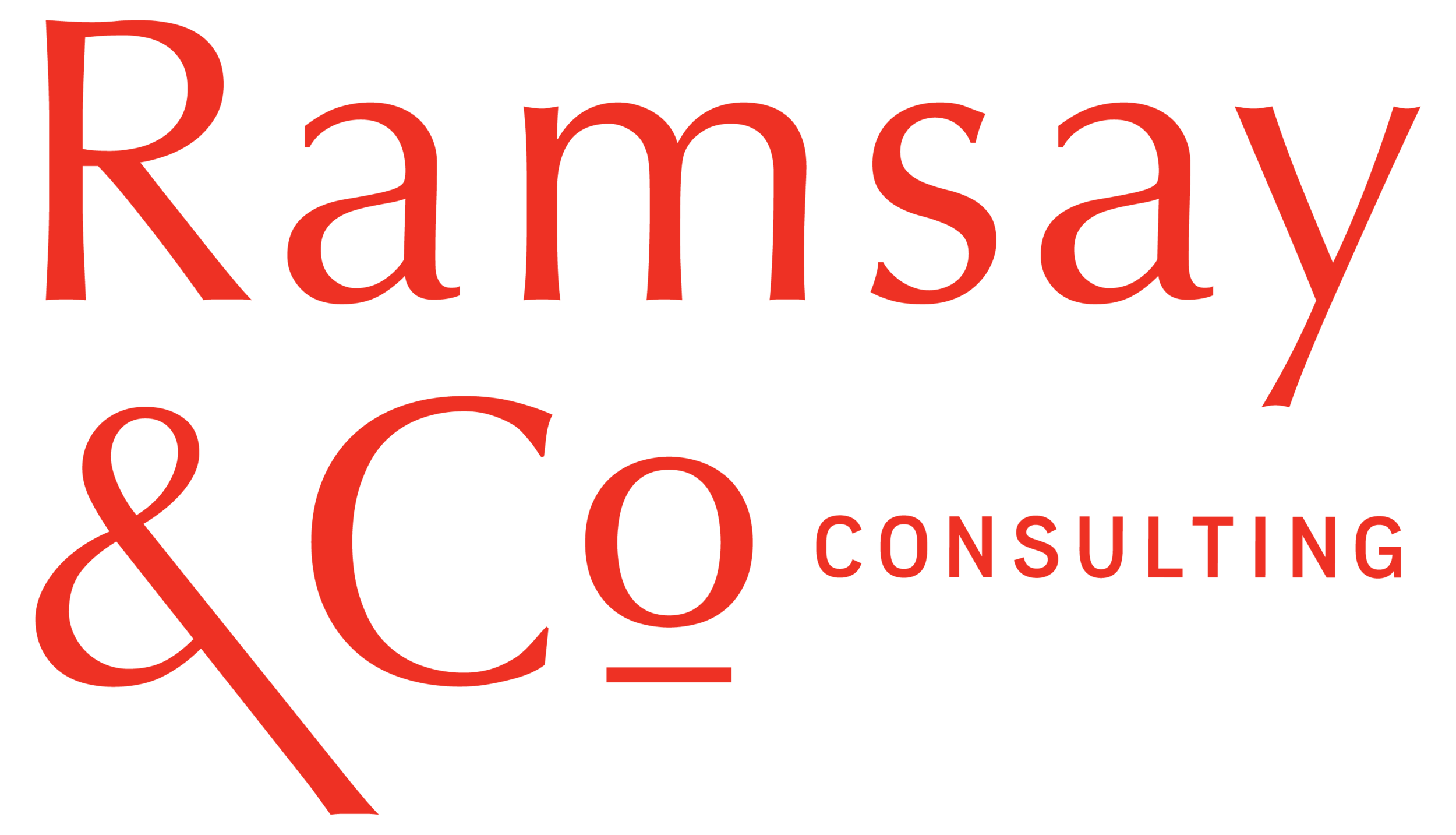#8 Who Owns Your Story?
Not who you'd think.
Short answer: not just you.
Stories are a strange and beautiful thing. They are conceived and conceptualized by an artist, marketer, or everyday person. That person labours and sheds tears and moves through the often painful process of creation and presents their story to their world, their boss, their client and then steps back.
That stepping back is a key moment. It’s a hard step to take for anyone whose written, crafted, shot, or produced a story meant to be shared. Because from that moment on, it’s no longer just yours. It becomes (if we’re lucky) part of culture and discourse. Storytelling is an essential part of the human experience, but so is receiving and interpreting those stories. Criticism, feedback, and interaction are all part of the process.
So, while you may have put everything into its creation, once you share a story with the world it is ours—the collective’s. Folks who have worked with me or had me build a brand for them know that I am not particularly attached to any piece of work that I do. I may live and die for a sentence or an idea, but I’m far less attached to the overall product. Because I don’t think a story is done until others have fed into it. That can come in the shape of suggestions or edits, interpretations of the themes, or just comments (the fruitful kind, not the twitter or insta kind).
That’s what makes them magic. They are at once individual and collective efforts.
Why am I telling you this? Because for a story to have value, we as creators need to make room for this part of the process.
When I’m building a brand or refreshing it or working with a company to sort out their marketing/business strategy, I come at the problem with this idea top of mind. It’s essential. Because it means that the people marketing the brand (if you work for a big company) or the people who started the company, only have partial ownership of it and its story. Your audience or users or customers own the rest and co-create with you. Vans wouldn’t be Vans if skaters hadn’t taken them on as a cultural marker for themselves. The myth of America wouldn’t be what it was if people around the world hadn’t for so long bought into the idea of “The American Dream.”
The best part about this idea is that stories, brands, histories, even LinkedIn profiles only fully come into themselves through interaction with their intended audiences. I’ve heard so many authors talk about having written something and then spoken to a reader who pulled an idea entirely unrelated to the author’s intentions out of the piece. Rarely do I hear them say that that’s wrong. To me, it means you’ve created a powerful tale.
Your audience matters. Not in the creation, but what their feedback and interaction with your story do to it. It’s a beautiful process of evolution. Which simply means respect your audience, and if yours is a story with multiple elements or parts to it (like most brand stories have), begin to engage with and work with your audience in that evolutionary process.
I hope this wasn’t too amorphous—I can get heady with the brand and story stuff. Bottom line: respect your audience and get curious about how their interaction with your story helps evolve it.
When I think of stories that take on a life and meaning far beyond what the creators may have intended or anticipated, Black Panther is the perfect example. It meant more to Black communities than Disney could have ever imagined and that effect spilled over into other communities of colour. I’m still gutted over the loss of Chadwick Boseman. If his work and impact have only come to you in these terrible days after his death, I encourage you to check out this New York Times culture article on his unique approach to characters. It’s a nice introduction to him and his work (Wesley Morris is also an excellent cultural critic and writer).
Chantaie Allick
Writer|Strategist|Storyteller
Thanks for reading Adventures in Storytelling!
Subscribe for free to receive weekly insights and resources for better communication through storytelling.

